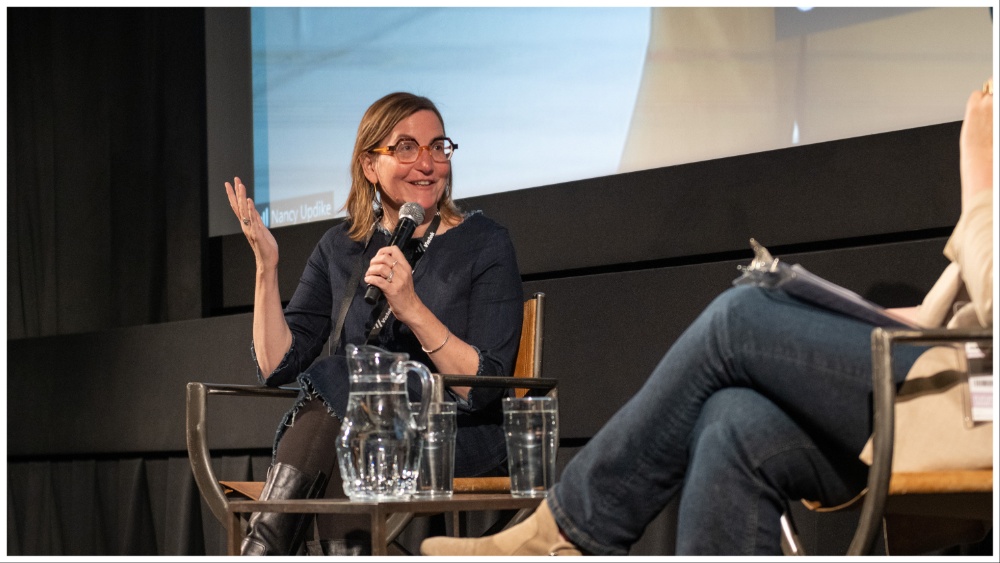
Oscar nominated director Nicole Newnham (“Crip Camp”) was at Hot Docs with her latest film “The Disappearance of Shere Hite,” a portrait of a feminist pioneer. The helmer was also in Toronto to participate in a Hot Docs Industry storytelling masterclass. During the hour-long talk Newnham revealed how she tackles three of the trickiest aspects of documentary filmmaking.
“The Disappearance of Shere Hite”
Courtesy of Hot Docs
How to make a subject feel comfortable:
“Geeky curiosity is my authentic M.O. and that also is disarming to people. It puts them at ease. If you genuinely are fascinated by (a subject) and you aren’t after a soundbite, but just exploring, people realize that about you. I will say that in terms of embarking on complicated, long, multi-year documentaries with people, that’s a little different. In that case, I will usually try to get to know the person pretty well before filming or interviewing starts. I try to look for the Venn diagram overlap between what I’m interested in and what their interest in having the story told is, and I assure them of my partnership with them around that.”
How to handle sensitive topics:
“I made a film called ‘The Revolutionary Optimists’ (2013), and we were working with this extraordinary teacher who was kind of a main subject of the film. He revealed that he was the victim of sexual assault when he was a kid. He looked at me in the camera before he told the story. So, I knew that he was aware of it. He came up to me afterwards and said, ‘We have to talk about how you are going to use that.’ So, we cut a scene and I described it to him, but we were having a hard time figuring out where to go from there. He wanted us to include (the scene), but he wanted to feel safe. He was in India. So, I raised money to fly him to California. I spent a week with him. I didn’t show him the whole film because I didn’t think that was a good thing to do, but I did show him little examples of scenes, and we talked a lot over the course of a week about what we were doing, and where we were going, and how we were thinking. We came around to a very, very careful kind of architecture of how we could cut that scene in a way that would not harm him or his family, which was his concern.”
How to get a candid, authentic interview:

“Crip Camp”
Courtesy of Netflix and Higher Ground Productions
“It really is so much about time. Some of the folks in ‘Crip Camp’ we interviewed four times over three years. For instance, (disability rights activist) Judy Heumann, who appeared in ‘Crip Camp,’ is very savvy and speaks all over the world, and has told the story of the disability rights movement many, many times. So, it was really hard to get to her. It took us getting to the story close enough to where we were going after very specific things, and asking her questions she had never been asked before, and really catching her in moments of surprise. Another way of doing that is sometimes I show people footage and have them respond to it on camera. There are also other techniques for trying to shake somebody out of that kind of performative thing, but I think the best thing is just that they get used to you being there.”














